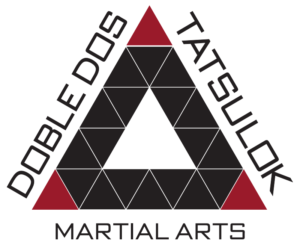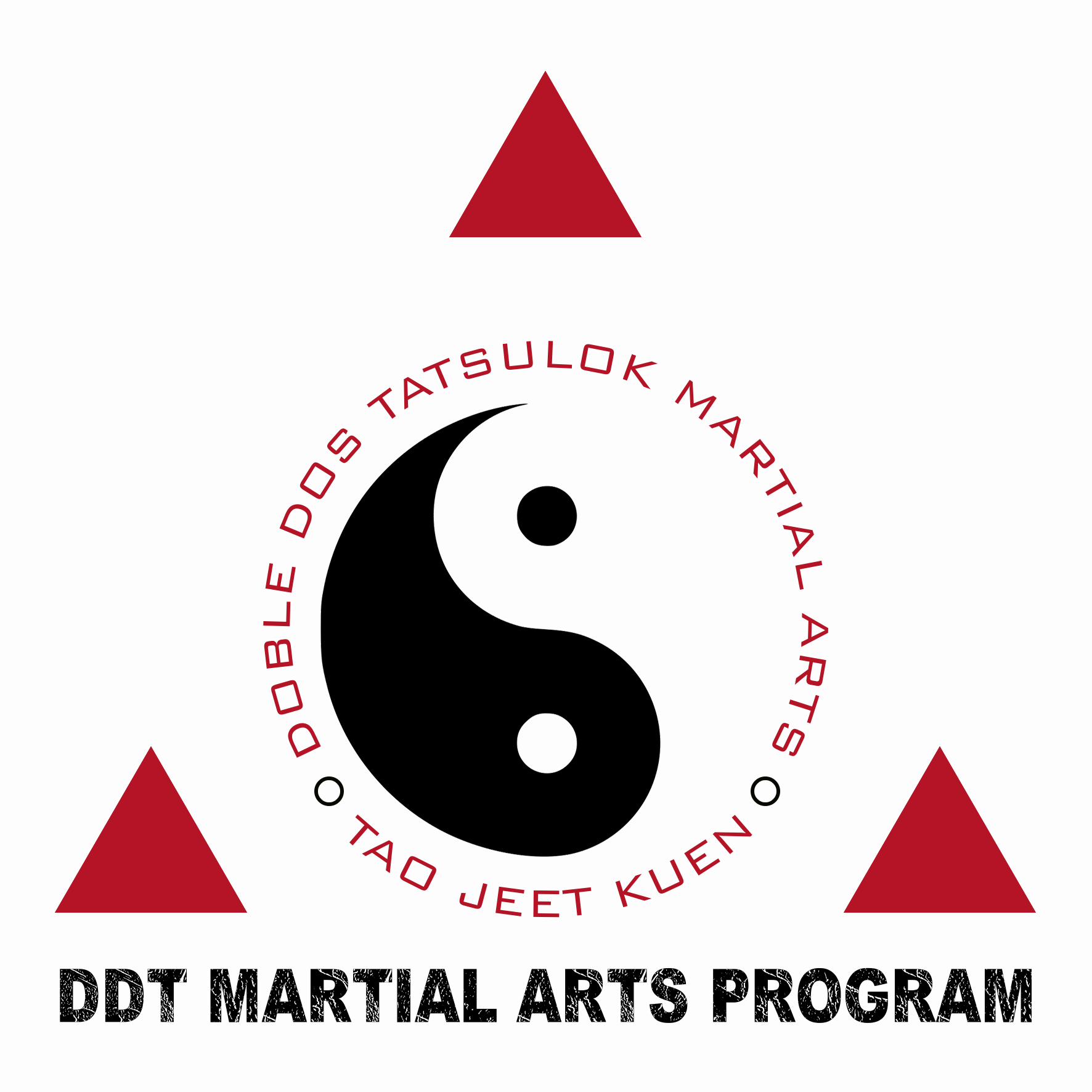
TAO JEET KUEN/JEET KUNE DO PROGRAM
Jeet Kune Do is best known as the art and philosophy of the late Bruce Lee. Official use of Jeet Kune Do as the name for Bruce Lee’s art began in 1967 at Lee’s Chinatown Los Angeles School. The name came from his focus at the time in the technique of “interception” of the opponents physical movement and mental intentions. Previously, the art had been named after the Jun Fan Gung Fu Institute, the official name of Lee’s schools. Jun Fan was Bruce Lee’s Cantonese name. Our Jeet Kune Do program consists of a study of the Jun Fan Martial Arts and research into our other elements to give the practitioner the tools and ability to research, tailor make, and customize their own personal system using the methodology of Sijo Bruce Lee. The goal is to make a well rounded martial artist who can operate in all ranges of combat and fit in with and fight against a fighter using any method or no method at all. This program is available for the general practitioner and those looking to qualify for instructor certification.

AYAMA BAN KICKBOXING
Ayama Ban Kickboxing is a blended system with its roots in the Southeast Asian Kickboxing arts of Kun Khmer Pradal Serey, Muay Thai, Thut Ti Lethwei, and Filipino Panatukan/Suntukan, western boxing, PKA style kickboxing, and Kathy Long’s kickboxing. Ayama Ban kickboxing is designed for practical use and a practice of it encompasses training against take downs and throws. Training methodology includes technical training in tool development: how to punch, kick, knee, elbow, and headbutt. Close range skills include how to clinch and fight from a clinch with street oriented combat in mind understanding that bladed weapons and takedowns are things that can happen. Practitioners will learn takedown defense and sweeping. Training also involves drilling to gain command over distance and timing. Several levels of safe sparring are also used to train the practitioner how to best apply their skills in combat.
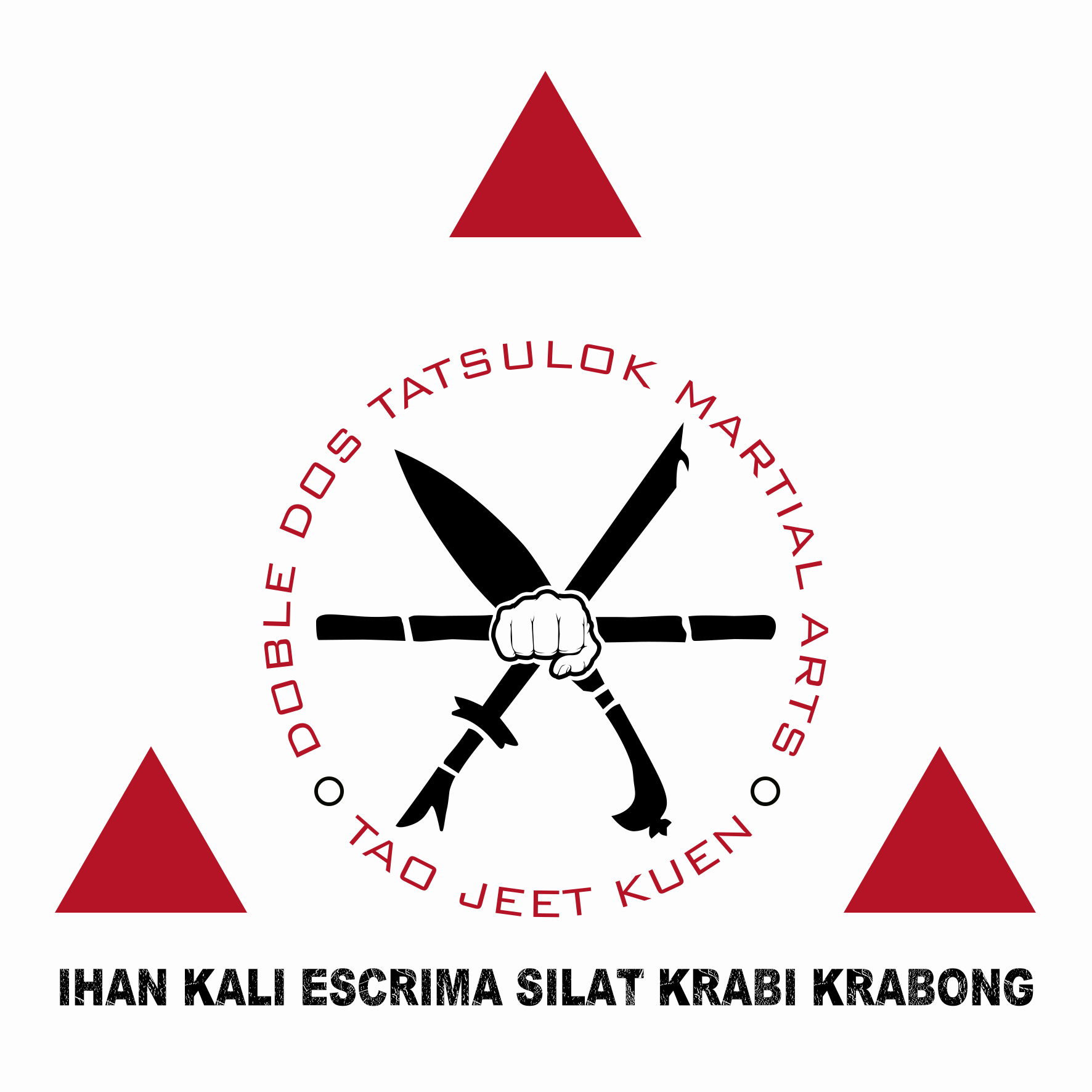
IHAN KALI-SILAT-KRABI KRABONG
IHAN Kali-Silat-Krabi Krabong is a mixed Southeast Asian Martial Arts system based on arts of the former Majapahit Empire. It employs weaponry from the Filipino arts of Kali, Escrima, Arnis, and Silat as well as the Thai weaponry art of Krabi Krabong. Empty hand methodology comes from the Southeast Asian Kickboxing systems of Kun Khmer Pradal Serey, Muay Thai, Thut Ti Lethwei, Panantukan/Suntukan, and Majapahit/Maphilindo Silat. The weaponry features mixed weapons of the 12 areas of LaCoste Kali as well as weapons of Krabi Krabong. Tactics come from the systems as taught by Dan Inosanto, Larry Hartsell, Ising Atillo, Nene Gaabucayan, and Nattapong Buayam. The empty hands are considered part of the system. The complete system involves proficiency in all ranges from long to close quarter and grappling. The nuances between bladed and blunt weaponry is taught as is using flexible weaponry. This is a great system to add to your curriculum if you are an empty hand art looking for weaponry training that flows with your empty hands.

DDT CLOSE QUARTER COMBAT
DDT Close Quarter Combat is a program that specializes in close range combatives. The focus is on limb trapping, clinch, locks, throws, and takedowns both empty handed and with blunt and edged weapons. This is the dirty fighting or dirty boxing range. This program builds skills using methods from many martial arts that have strong clinch range and close range striking skills. DDT uses the approach of the late Sifu Larry Hartsell to become effective and gain mastery of this range of combat. Bolt Wrestling, Kali, Silat, Muay Thai, Lethwei, Pradal Serey, and the Jun Fan Arts are major elements in this section.
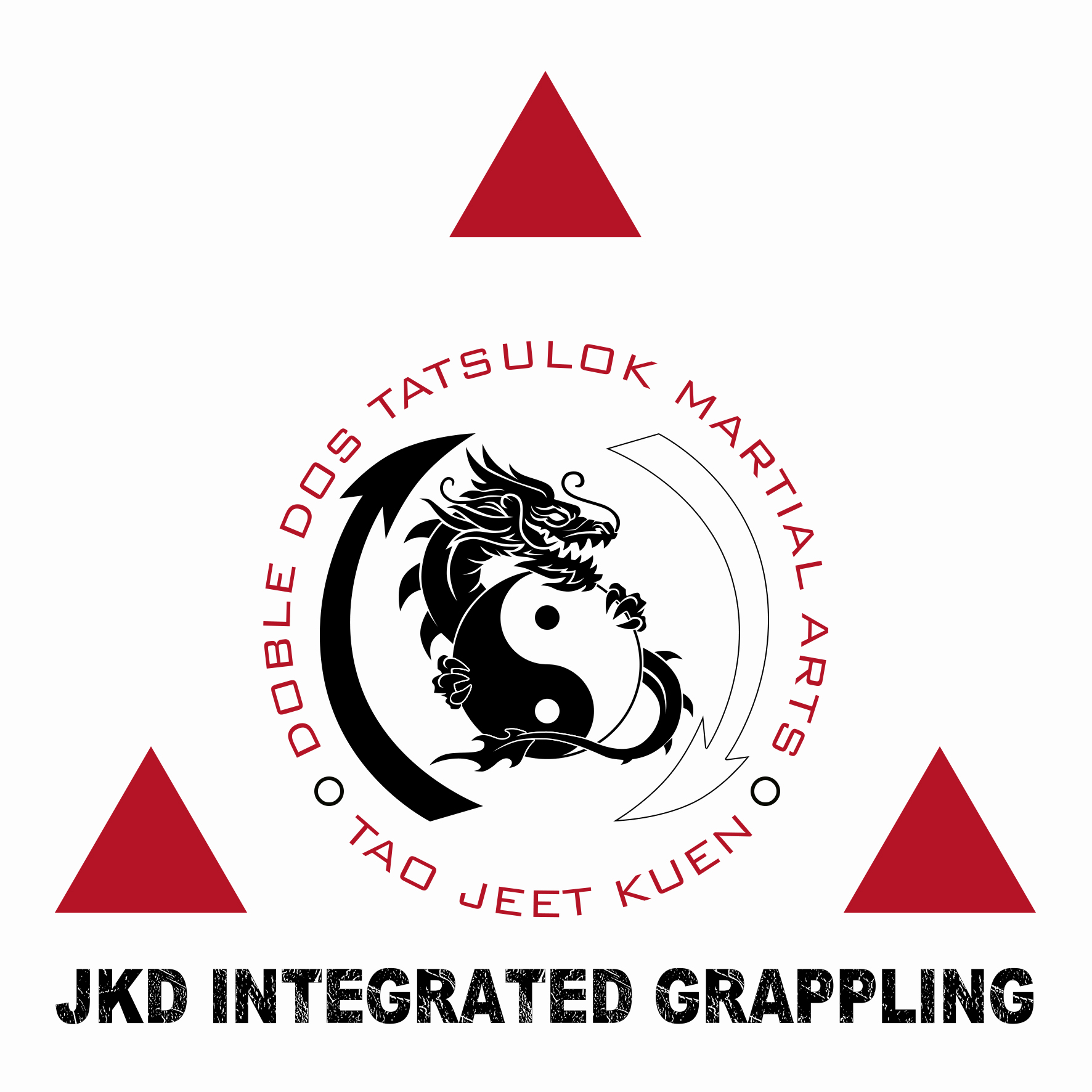
JKD INTEGRATED GRAPPLING
JKD Integrated Grappling is the approach to grappling that Sifu Larry Hartsell developed in his lifetime from the 1970’s through his untimely passing in 2007. JKD Integrated grappling is also a mixed martial art drawing from various grappling disciplines as well as striking, locking, and throwing. Sifu Hartsell’s early research focused on grappling for practical security and law enforcement work as his work in that era included bodyguard work, law enforcement, door security, and institutional security. As Sifu Hartsell evolved as the martial arts world moved into an MMA dominated atmosphere, Sifu Larry also explored MMA ground and pound combatives. Elements of JKD Grappling include standing lock flows, ground lock flows, take-downs, throws, chokes, and joint locks (destructions). A variety of arts are drawn from including judo, Japanese Ju Jitsu, Brazilian Jiu Jitsu, Sambo, Kali, Indonesian Silat, Malaysian Bersilat. Tim Becherer has added detailed work from Kenny Johnson and Bolt Wrestling as well. JKD Integrated Grappling incorporates striking to trapping to grappling. Though the emphasis is grappling at this range, each students needs to understand the flow from striking into grappling and how to use their grappling effectively against strikers and armed opponents.
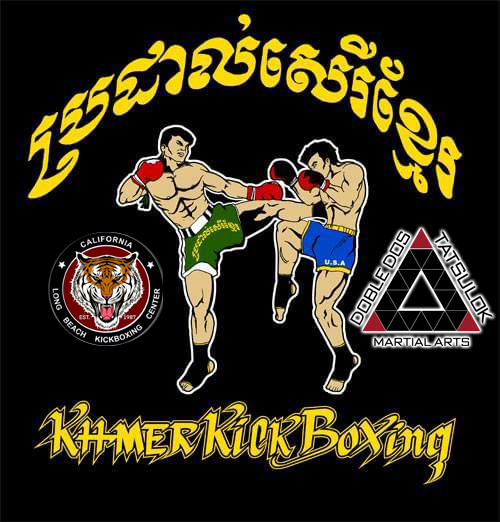
KUN KHMER PRADAL SEREY
Kun Khmer (Cambodian Martial Arts) Pradal Serey (free fighting) is the kickboxing art from the Southeast Asian nation of Cambodia. Our program is in direct lineage to former Cambodian Champion Oum Ry. Master Oum Ry is the owner and head instructor of The Long Beach Kickboxing Center. We are honored to be a representative of him and to teach out this amazing Cambodian art that, like Muay Thai, is a kickboxing art featuring punching, kicking, elbows, and knees.

THUT TI LETHWEI
Lethwei is the national sport of Myanmar. Thut Ti Lethwei is the camp headed by Saya Win Zin Oo, a legendary trainer of champions and fighters as well as regular practitioners of Lethwei in Myanmar. Recentlly Saya Win has been able to expand his teaching into the United States under a handful of dedicated students including Guro Dan Inosanto. DDT is honored to represent and have an individual program in Thut Ti Lethwei. The beautiful brutality of Lethwei makes it an excellent addition to any martial artist’s game. In the sport, competitors can punch, kick, knee, elbow, and headbutt. The fighters also compete without gloves so strikes are done accordingly making it very realistic for street use.

LITTLE DRAGONS
The DDT Little Dragons program is a program specifically for kids from ages 4-18. It is not a watered down program of games from kids but the adult programs broken down into smaller progressions for kids. Little Dragons has a colored belt system that gives kids a good measure of their progress. The program is geared to develop good character and responsibility in the kids. They will learn physical skills, leadership skills, and history and culture of the multiple martial arts they are learning.
LITTLE DRAGONS FOR AT RISK YOUTH
This program is a specialty program for at risk youth. This program builds confidence, teaches respect and responsibility, and helps guide kids to become good leaders and mentors. We know that finances are a consideration for many families that have children that may fall into the at risk category. DDT allows for these kids to use their report card and school attendance as their payment for membership.
CONTACT US FOR MORE INFORMATION
